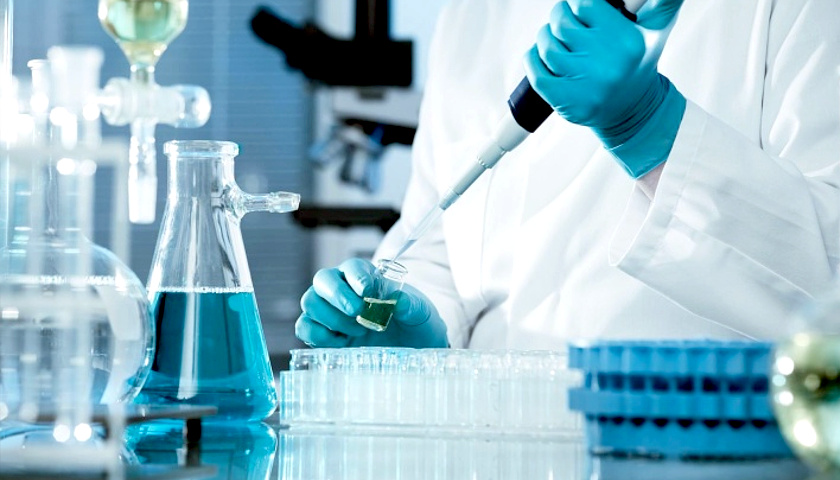by Henry I. Miller
The New York Post last week published an article with the ominous headline, “Pharmacists quietly panicking over looming respiratory drug shortage.” The gist was that in addition to the rush on personal protection products such as face masks, hand sanitizers, disinfectants, and rubber gloves, the supply chains for various important prescription drugs, especially generics with components made in China, are fraying.
This should come as no surprise. As the number of cases of infection with the novel coronavirus (formally SARS-CoV-2, with the illness it causes designated COVID-19) continues to mount and China and other countries aggressively impose quarantines and perform screening, isolation, treatment, and tracking of patients’ contacts, the demand for various essential medical items is unprecedented.
Ironically, most of the world’s supply of masks and respirators, along with other materials essential for health care, comes from manufacturers in China. American medical practitioners and dentists who go through large numbers of surgical masks and protective gowns daily already began to encounter shortages several weeks ago.
This situation reveals a vulnerable link in the global supply chain that supports everyday healthcare in hospitals around the world. Even without an aberration like the emergence of a new pandemic virus, which has caused China’s prodigious manufacturing sector to slow to a crawl, for years drug shortages have plagued the practice of medicine in the United States.
University of Chicago researchers in 2018 surveyed 719 pharmacists at large and small hospitals across the country and found that all of them reported experiencing at least one drug shortage in the past year, and 69 percent had experienced at least 50 shortages in that time. The majority were generic injectable pharmaceuticals commonly used in hospitals, including analgesics, cancer drugs, anesthetics, antipsychotics for psychiatric emergencies, and electrolyte solutions needed for patients on IV supplementation.
The FDA maintains a current list of drugs that are currently in shortage. As of March 5, about 100 drugs were on it, and the list read like the contents of the pharmaceuticals cabinet of a hospital ICU or emergency room.
Hospitals are scrambling to assure adequate supplies of drugs that are in short supply, or to find substitutes for them. In the University of Chicago study, one-third of hospitals reported needing to ration drugs at least once. That means some patients got the second or third choice of a drug treatment, increasing the likelihood that the drug will be ineffective or only marginally effective, or may have unwanted side effects.
China has become the world’s largest producer and exporter of the essential “active pharmaceutical ingredients” (APIs) used in the manufacture of drugs, not only in China but also in other countries, including the United States. The United States imported $3.9 billion worth of pharmaceutical raw material from China in 2017, an increase of nearly one-quarter from the prior year, according to IHS Markit.
Shortages aren’t the only problem. APIs in China are currently produced without sufficient quality control to ensure drug safety and efficacy, according to the findings of an important report from the U.S.-China Economic Security Review Commission, which was established by Congress in 2000 when China was permitted to enter the World Trade Organization.
Moreover, when it comes to shopping for these kinds of drugs, we can’t vote with our feet, because drug companies are not required to list the country of origin for APIs on drug labels. The result: “U.S. consumers may be unknowingly accepting risks associated with drugs originating from China,” the report noted.
But surely, drugs produced in China must be regulated, either there or by U.S. regulators, right? In fact, according to the report:
There are thousands of drug manufacturers in China, and the government’s regulatory apparatus has insufficient resources to oversee them . . . In 2016, the China Food and Drug Administration investigated 1,622 drug clinical trial programs and rejected 80% of these applications after it found evidence of fraudulent data reporting or submissions of incomplete data, among other problems.
In the U.S. and Europe, the percentage would likely be in the single digits.
Deficiencies in the regulatory oversight of Chinese manufacturing also extend to our FDA. The commission’s report observed that the FDA deploys far too few inspectors to China for the large number of manufacturers there.
The bottom line, from the report:
As a result of U.S. dependence on Chinese supply and the lack of effective health and safety regulation of Chinese producers, the American public, including its armed forces, are at risk of exposure to contaminated and dangerous medicines.
Complementing the findings of the U.S.-China Economic Security Review Commission, a Government Accountability Office report released on December 10, found that the FDA is not completing enough foreign drug inspections, cannot hire enough inspectors, and provides up to 12 weeks advance notice for some overseas inspections.
“We have long-standing concerns about FDA’s ability to oversee the global supply chain, a High-Risk Series issue for 10 years,” the report concluded.
Quite apart from the threat of disruption caused by the coronavirus outbreak, the lack of oversight is a prescription for disaster.
The disruptions from the novel coronavirus outbreak are a reminder that, whatever the benefits of globalization, the production of vital medicines should not be compromised by reliance on a single, potentially unreliable source or country. We need to take measures to make the changes necessary to protect the availability of safe, high-quality drugs for the American public. Demanding that U.S. regulators do their job at ensuring the integrity of imported drugs and precursors would be a good start.
– – –
Henry Miller is a Senior Fellow at the Pacific Research Institute. He was the founding director of the FDA’s Office of Biotechnology.





